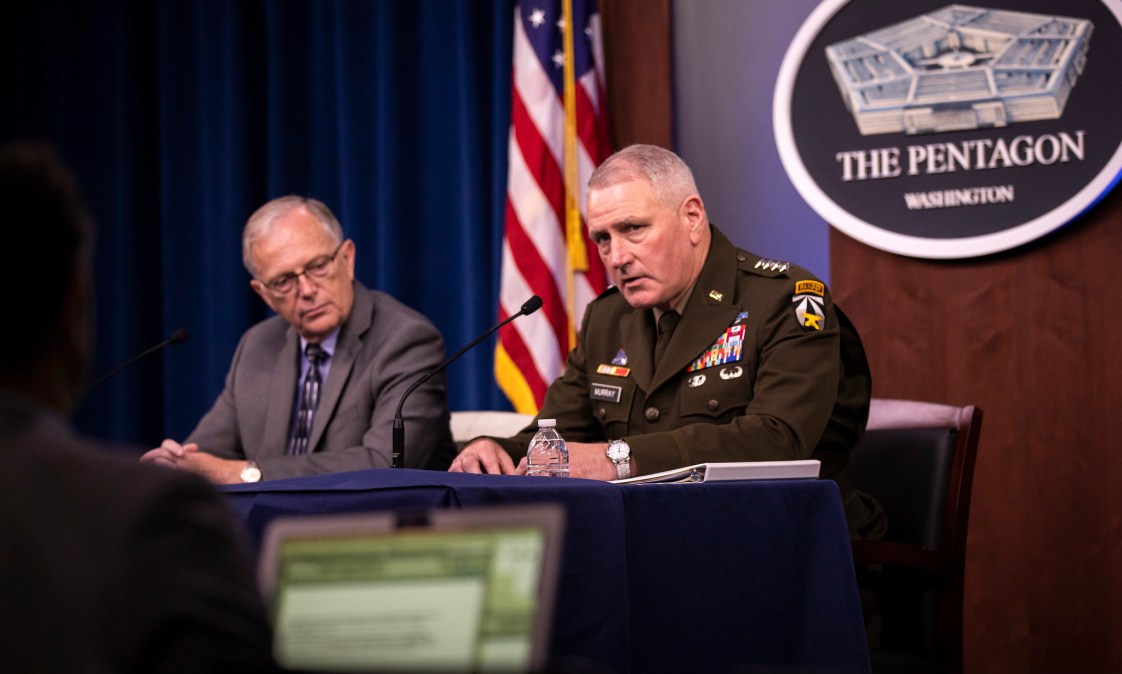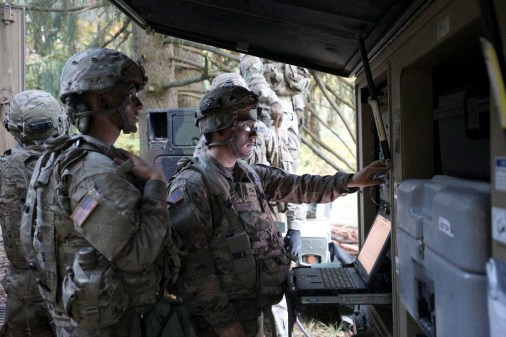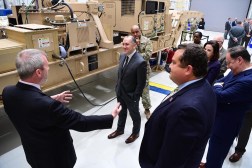Gen. Murray makes pitch to stay the course on Army modernization

The Army’s modernization priorities remain in place with a new administration taking power and Department of Defense budgets unlikely to grow in the coming years, according to a top Army general.
Army Futures Command, which was stood up during the Trump administration to focus on the service’s modernization efforts, has big plans for its network modernization initiatives this coming year, Commander Gen. John Murray said Monday during a Center for Strategic and International Studies event. And though the Army wants to continue pouring resources into the effort over the span of a multi-decade cycle, bitter battles for money likely to play out in the coming years, Murray said.
“We just cannot afford to pass up this opportunity,” Murray said of the work started by the command.
Futures Command has six stated modernization priorities: “long-range precision fires, next-generation combat vehicles, future vertical lift, network, air and missile defense, and soldier lethality.” Murray says those won’t be changing and he will continue fighting for his slice in what’s likely to be a zero-sum battle for the budget to continue large-scale experiments. For now, it’s unclear how those efforts will mesh with priorities from the top, as new Secretary of Defense Ret. Gen. Lloyd Austin has yet to comment on what his technology and modernization priorities will be.
Futures Command’s network modernization effort centers on working more effectively with data and getting more compute to the tactical edge. This year the network modernization team will work to bring its U.S.-based network architecture to the tactical edge, Murray said. It is a part of exploring “unified network operations” the command strives for.
The long-term goal of all the military services is to get every sensor linked to every shooter — or at least the right sensors to the right shooters instead of the fragmented and sluggish tactical networks currently in use. The Army’s contribution to this is Project Convergence, which held its first large-scale test in September 2020. Future tests will continue along with one of the key takeaways from the first test: get more coders in the field.
“We are going to have to have the ability to write code at the edge,” Murray said.
As a means to reach that goal, the command recently stood up a software factory. The factory was announced in the summer of 2020 and Murray said its first coders have been put into cohorts in recent weeks. The command is also working on getting soldiers through an AI master’s degree program co-sponsored by Carnegie Mellon University, where the Army AI Task Force is located.






